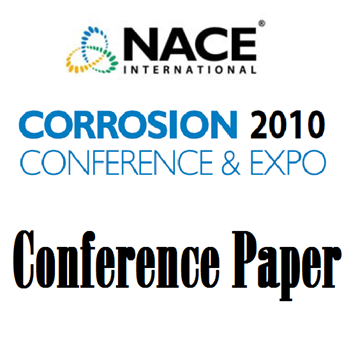Search
01531 METALLURGICAL EVALUATION OF A BULGED FCC REACTOR
Also Purchased
51313-02430-Cracking of Metallic Bellows in Fluid Catalytic Cracking (FCC) Units
Product Number:
51313-02430-SG
ISBN:
02430 2013 CP
Publication Date:
2013
$20.00
10360 Description and Explanation of an FCC Overhead System Unexpected Corrosion
Product Number:
51300-10360-SG
ISBN:
10360 2010 CP
Publication Date:
2010
$20.00
10273 Erosion Corrosion of SS316L Trays in FCC's Sour Water Stripper
Product Number:
51300-10273-SG
ISBN:
10273 2010 CP
Publication Date:
2010
$20.00
Recently viewed




